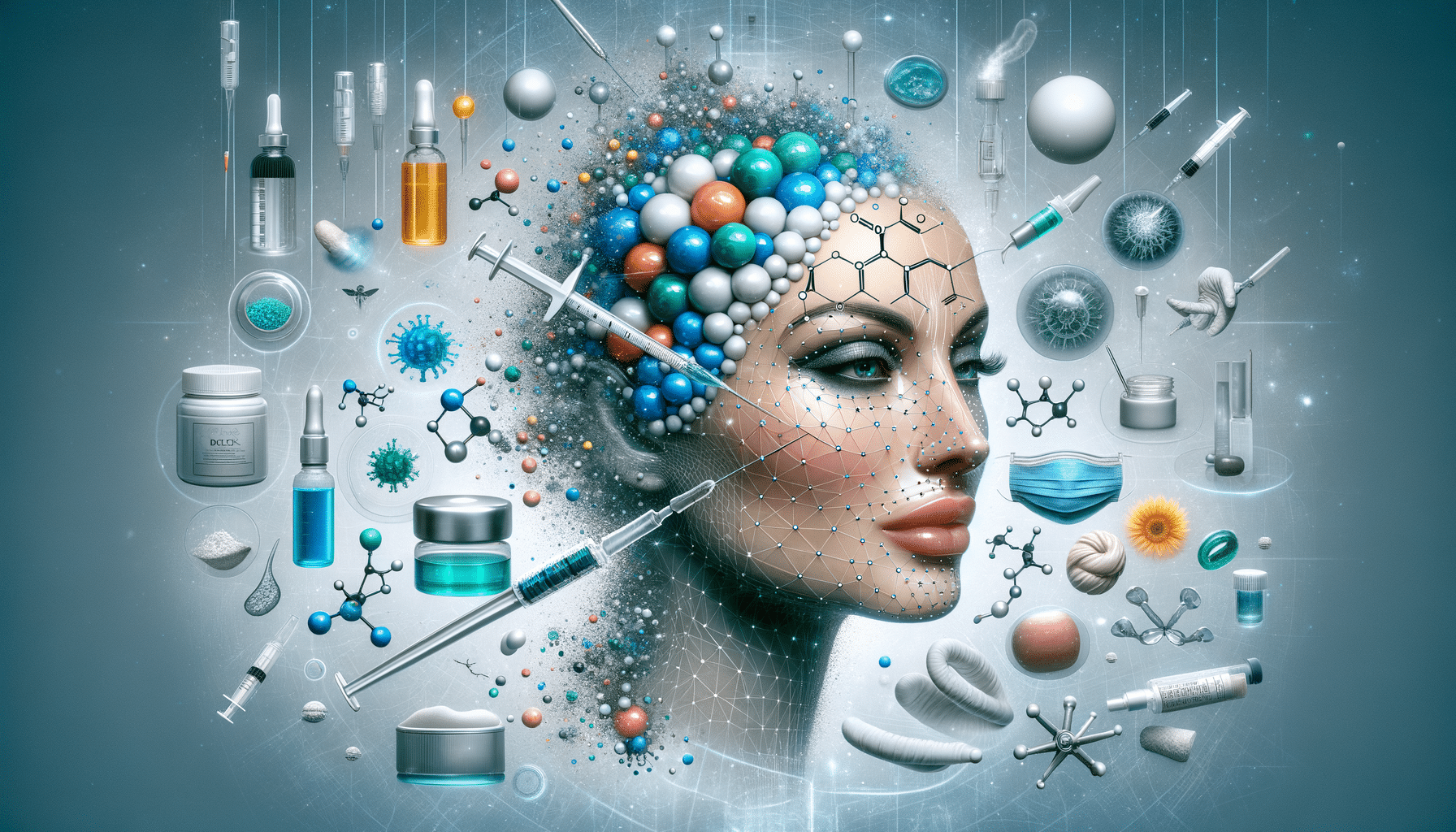Exploring Botox: Beyond the Surface of Beauty Treatments
Botox, a name synonymous with cosmetic enhancement, offers more than just aesthetic benefits, making it a topic worth exploring.

Understanding Botox: A Multifaceted Treatment
Botox, short for Botulinum Toxin, is a neurotoxic protein produced by the bacterium Clostridium botulinum. While its name might evoke caution due to its toxic nature, Botox has been harnessed for various beneficial purposes in both medical and cosmetic fields. Initially approved by the FDA in 1989 for medical use, Botox has gained widespread recognition for its ability to temporarily reduce the appearance of facial wrinkles and fine lines. However, its applications extend beyond the realm of beauty, offering relief for several medical conditions such as chronic migraines, excessive sweating, and muscle spasticity.
Botox’s mechanism of action involves blocking nerve signals in the muscles where it is injected, leading to temporary muscle paralysis. This effect is what makes it effective in smoothing out wrinkles, particularly those caused by repetitive facial expressions like frowning or squinting. The cosmetic appeal of Botox lies in its minimally invasive nature and ability to deliver noticeable results without the need for surgery. However, it is crucial to understand that Botox is not a permanent solution; its effects typically last between three to six months, necessitating repeat treatments for sustained results.
The Cosmetic Appeal of Botox
In the world of cosmetic enhancements, Botox is a highly regarded option for individuals seeking to maintain a youthful appearance. Its popularity can be attributed to several factors, including its non-surgical nature, quick procedure time, and minimal recovery period. Botox injections are often referred to as “lunchtime procedures” because they can be administered quickly, allowing individuals to return to their daily activities immediately afterward.
One of the key advantages of Botox in cosmetic applications is its ability to target dynamic wrinkles—those caused by muscle movement. Common areas for Botox treatment include the forehead, crow’s feet around the eyes, and frown lines between the eyebrows. By relaxing the underlying muscles, Botox smooths out these lines, resulting in a more relaxed and youthful appearance.
While Botox is renowned for its cosmetic benefits, it is essential to approach the treatment with realistic expectations. The results are temporary, and maintenance sessions are necessary to preserve the desired effect. Additionally, the skill and experience of the practitioner play a crucial role in achieving natural-looking results. When administered by a qualified professional, Botox can enhance facial features subtly, avoiding the “frozen” look that is often associated with overuse or improper application.
Medical Applications of Botox
Beyond its cosmetic allure, Botox has proven to be a valuable tool in the medical field. Its ability to relax muscles has been harnessed to treat a range of conditions that impact quality of life. One such application is in the management of chronic migraines. For individuals who suffer from frequent and severe headaches, Botox injections can provide significant relief by reducing the frequency and intensity of migraine attacks. The FDA approved Botox for chronic migraine treatment in 2010, and it has since become a widely used option for patients who have not responded well to traditional therapies.
Another medical use of Botox is in the treatment of hyperhidrosis, a condition characterized by excessive sweating. By injecting Botox into the affected areas, such as the underarms, hands, or feet, the nerve signals responsible for sweat production are blocked, resulting in reduced perspiration. This can be life-changing for individuals who experience embarrassment or discomfort due to excessive sweating.
Botox is also employed in managing muscle spasticity, often seen in conditions like cerebral palsy or after a stroke. By relaxing the overactive muscles, Botox can improve mobility and reduce pain, enhancing the overall quality of life for patients. These medical applications highlight the versatility of Botox and its potential to alleviate symptoms and improve well-being in various contexts.
Safety and Considerations
While Botox is generally considered safe when administered by qualified professionals, it is not without potential risks and side effects. Common side effects include mild bruising, swelling, or redness at the injection site, which typically resolve within a few days. More serious complications, though rare, can occur if the toxin spreads beyond the intended area, leading to muscle weakness or drooping eyelids.
To minimize the risk of adverse effects, it is crucial to choose a skilled and experienced practitioner who adheres to proper injection techniques and dosage guidelines. Patients should also disclose their full medical history, including any allergies or medications they are taking, to ensure the treatment is safe and appropriate for them.
Furthermore, individuals considering Botox should have realistic expectations and understand that results may vary. While Botox can deliver impressive outcomes, it is not a substitute for more invasive procedures like facelifts or dermal fillers, which may be necessary for addressing deeper wrinkles or volume loss.
Future Prospects and Innovations
As research and technology continue to advance, the potential applications of Botox are expanding. Scientists are exploring new uses for Botox, such as its role in treating depression and anxiety disorders. Preliminary studies have suggested that Botox injections in certain facial muscles may influence mood by disrupting feedback to the brain, offering a novel approach to mental health treatment.
In addition to new medical applications, innovations in Botox formulations are being developed to enhance its effectiveness and longevity. Researchers are investigating ways to extend the duration of Botox’s effects, potentially reducing the frequency of treatments. These advancements hold promise for both cosmetic and medical applications, offering greater convenience and improved outcomes for patients.
As Botox continues to evolve, it remains a subject of interest and intrigue in both the beauty and medical industries. Its ability to address a wide range of concerns, from aesthetic enhancements to medical conditions, underscores its significance and relevance in modern society. Whether used for smoothing wrinkles or alleviating migraines, Botox exemplifies the intersection of science and beauty, offering diverse benefits to those who seek its advantages.